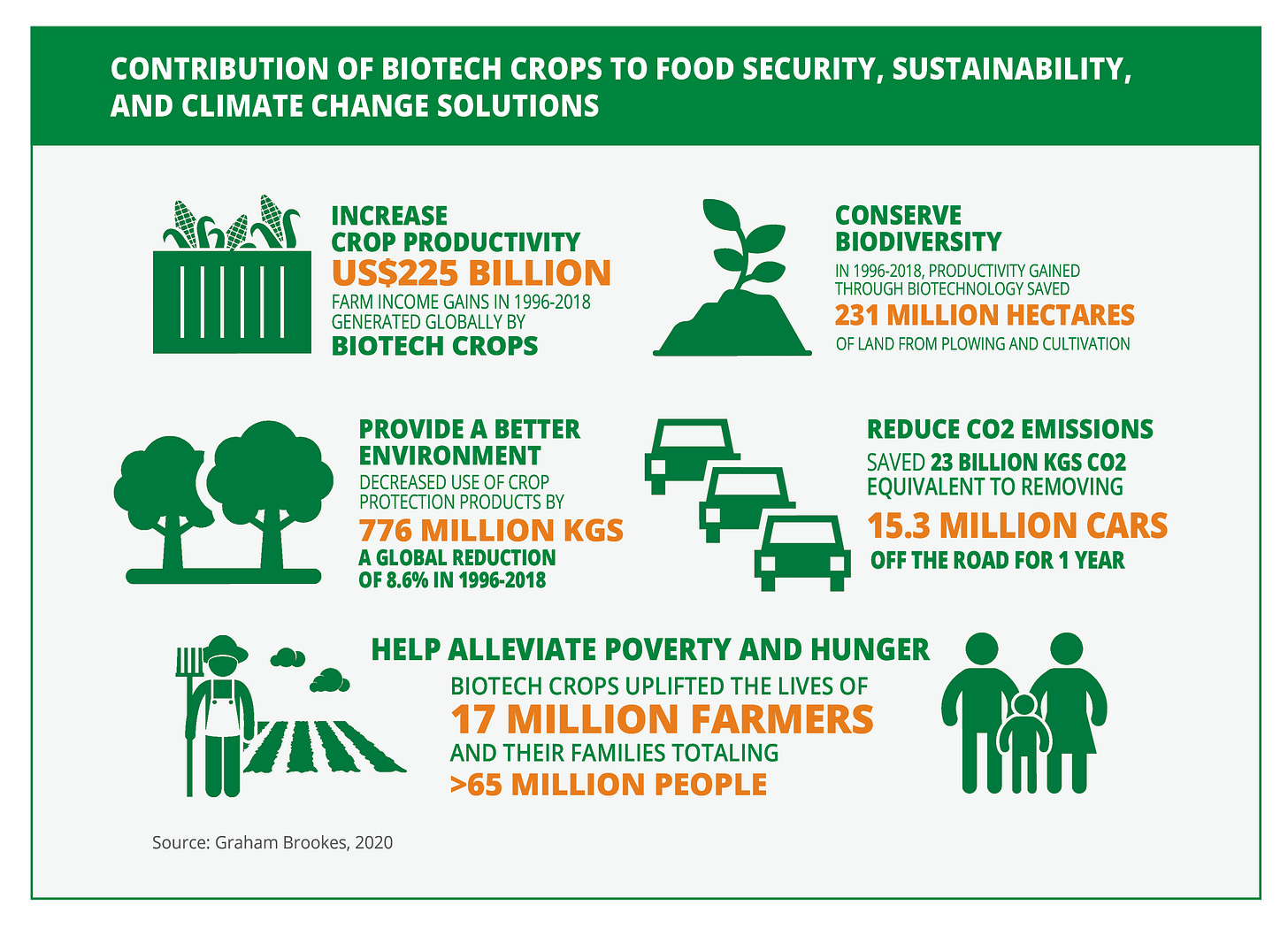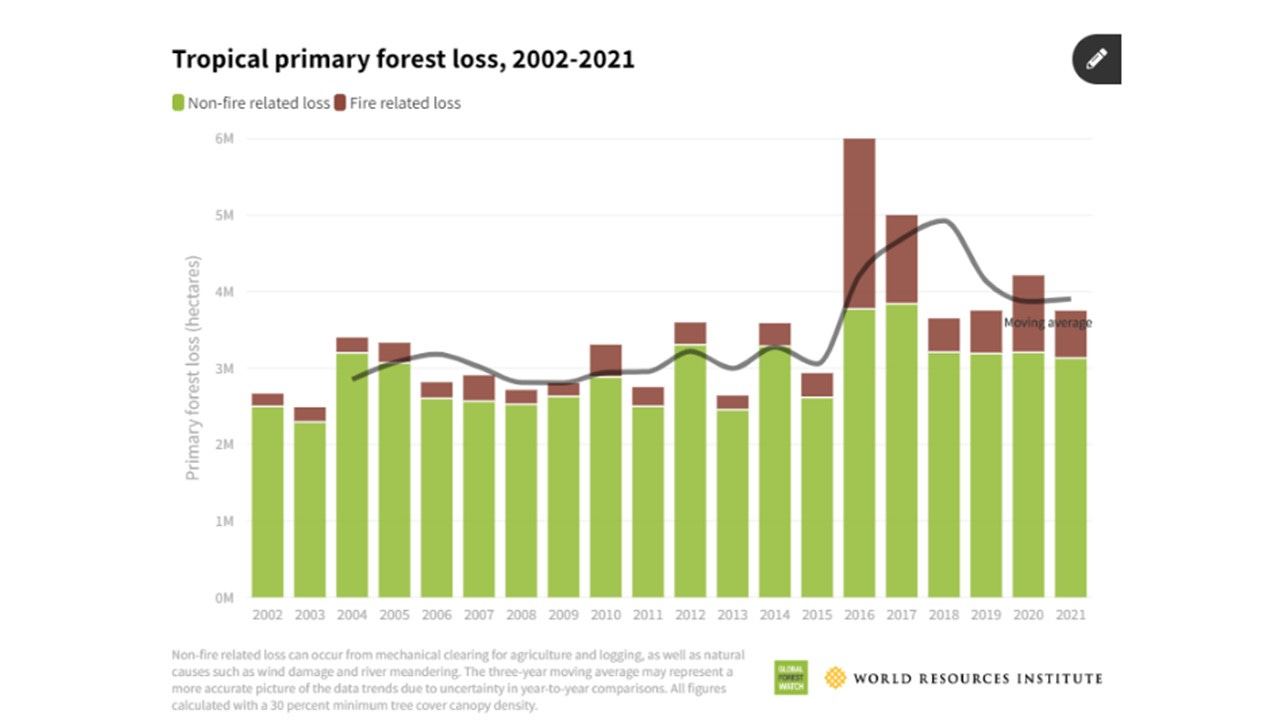
This week, the United Nations recognized the world population had reached 8 billion people.1 It took only 12 years to add the last billion. Reflecting on this milestone, one may wonder: Do we have enough room on the planet? Do we have enough food to feed everyone? What about enough green space? The general consensus seems to be we are better off now and that is the very reasons we have reached 8 billion.
Regional Divergence
Eastern Europe is the region with the greatest decrease in population while countries in Africa are growing the fastest. Half of the world’s population live in seven countries: the USA, Brazil, China, India, Indonesia, Nigeria and Pakistan. Central African countries top the list of places where people are most miserable in the “misery index.”2 Some common causes are poverty, war and starvation. This is the same region of the world experiencing the highest rates of population growth and deserve focus by the United Nations on increasing their quality of life. The United Nations is made of a collaborative organization of staff and experts from countries throughout the world including Central Africa and is required by its Constitution. This UN strength provides the best resource for providing support and advice to these areas under strain from the increasing population growth coupled with the worst of the world’s living conditions.
What made us better off that helped us reach 8 billion?
Several factors have converged to help humans survivability. Better food resources and distribution, medical and health resources and services both contributing to a significant reduction in infant mortality. Average life span has also increased.
Food security
We are better off now in terms of food availability. In fact, the world produces 1.5 times enough food to feed everyone on the planet. The challenge is getting that food to the people who need it most.
About 795 million people do not have enough food to lead a healthy active life. That’s about one in nine people on earth. The vast majority of the world’s hungry people live in developing countries, where 12.9 percent of the population is undernourished. Asia is the continent with the most hungry people - two thirds of the total. The percentage of undernourished people in developing regions has fallen from 23.3 percent in 1990-1992 to 12.9 percent in 2014-2016.
Biotech has increased the food productivity which has provided more food worldwide. Distribution is the constraint now, rather than the amount of food produced. Biotech is not without its problems but any change to the environment will produce an effect, good and bad. Biotechnology while immensely useful cannot be without regulation based on the potential for risk. So far, the risk has been outweighed by the increase in quality of life.
Infant mortality and average life span
Infant mortality rate has decreased substantially. In 1990, there was an estimated rate of 65 deaths per 1000 live births. That dropped more than half to 29 deaths per 1000 live births in 2018.
The World Health Organization reported that the life expectancy increased from 66.8 years in 2000 to 73.4 years in 2019.3 Another index that accounts for a health life style with life expectancy (healthy life expectancy (HALE)) also saw improvement of 8% from 58.3 years in 2000 to 63.7 years in 2019.4
Environmental Health still under strain, but some improvements
In terms of green space, it is estimated that by 2050, 66 percent of the world’s population will live in cities. This urbanization will put a strain on resources like water and energy. And, it will also lead to more air pollution and traffic congestion. To combat these issues, many cities are investing in green infrastructure, such as parks, gardens, and green roofs.
The environmental health of the world can be measured by many indicators but one that is particularly important to all ecological cycles is the reduction of trees in the world, particularly the highly diverse rain forests. This graphic is encouraging in that it shows a reverse in the trend that was increasing at a dangerous rate. It still has a way to go to reverse enough, but this metric is improving.5
So, while the world population has reached a milestone of 8 billion people, we still have some challenges to face. But, we are better off now than we were a few decades ago and we are up to the challenge. However, there are several potential risks with increasing population that should not be ignored.
The potential risks of increasing density of population
Pandemics
The possibility of a pandemic increases with density, and during COVID-19 pandemic research showed that density and crowds increased the spread of the virus.6 Further studies are needed to compare density effects. For example, comparing states in the US and the spread of COVID-19 could be designed to be predictive, given the data is relatively uniform in the way it was collected and reported among the states in the US.
Behavioral effects
Studies from the 1960s indicated behavioral changes from crowding that were negative. For example, one study found that crowding can lead to a significant increase in alcohol consumption.7 Following up on those studies where it was found that rats became more aggressive in crowded situations, have been largely inconclusive:
. . . people living in chronically crowded conditions are more likely to lash out comes largely from studies with rats in the 1960s. In those experiments, rats packed into small cages were more aggressive than their counterparts in roomier digs -- at times even resorting to murder and cannibalism. Subsequent studies to test the hypothesis in humans and other animals have been inconclusive.8
Losing green spaces like trees, gardens and parks as well as rain forest due to increasing population and subsequent density increases, also has its negative effects on behavior.9
Waste and pollution
The factor that leads to collapse of a petri dish is often the production of waste by the bacteria soon fowls the food supply and living environment to the point all of the bacteria die. It is not too much to say, that is certainly possible in any biotic environment. We have only begun to deal with our waste and pollution with federal environmental regulations becoming a standard only in the 1970s. Waste disposal and recycling and reductioon of waste are still in the early stages of development and we have a long way to go. In 1990, the US passed the Pollution Prevention Act that prioritized reuse and recycling but it has only been a policy, not regulatory standard.
Conclusion
It will take 15 years for us to reach 9 billion due to a slow in growth. We should be considering how to address the negative effects of an increasingly densely populated world and plan according for adaptation.
https://www.un.org/africarenewal/magazine/november-2022/un-secretary-general%E2%80%99s-statement-world-population-hits-8-billion
https://worldpopulationreview.com/country-rankings/worst-countries-to-live-in
https://www.who.int/data/gho/data/themes/mortality-and-global-health-estimates/ghe-life-expectancy-and-healthy-life-expectancy#:~:text=Globally%2C%20life%20expectancy%20has%20increased,reduced%20years%20lived%20with%20disability.
https://www.who.int/data/gho/data/themes/mortality-and-global-health-estimates/ghe-life-expectancy-and-healthy-life-expectancy#:~:text=Globally%2C%20life%20expectancy%20has%20increased,reduced%20years%20lived%20with%20disability.
https://news.mongabay.com/2022/04/2021-tropical-forest-loss-figures-put-zero-deforestation-goal-by-2030-out-of-reach/
https://www.sciencedirect.com/science/article/pii/S0013935122009318
https://psycnet.apa.org/record/1976-03836-001
https://www.washingtonpost.com/archive/lifestyle/wellness/1994/07/12/does-crowding-cause-aggressive-behavior/2fec87ed-e5df-4a4d-a640-544266fe72f8/
https://open.substack.com/pub/profvictoria/p/nature-deficit-disorder?r=bpwpi&utm_campaign=post&utm_medium=web






Research shows that women (and families) who have fewer children benefit economically. One key to assisting countries with unsustainable population growth is to provide family planning support and contraception. Supporting women's and children's health is also key.